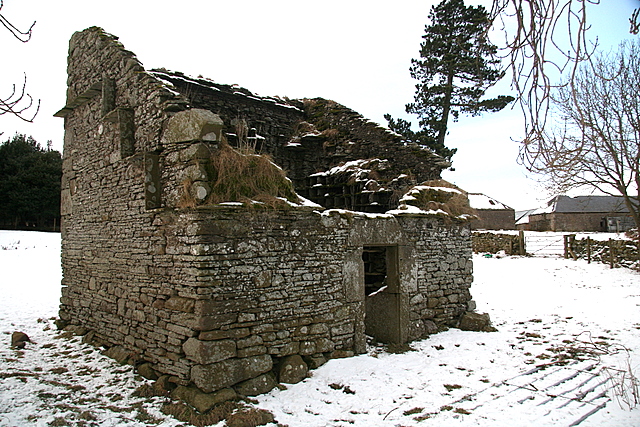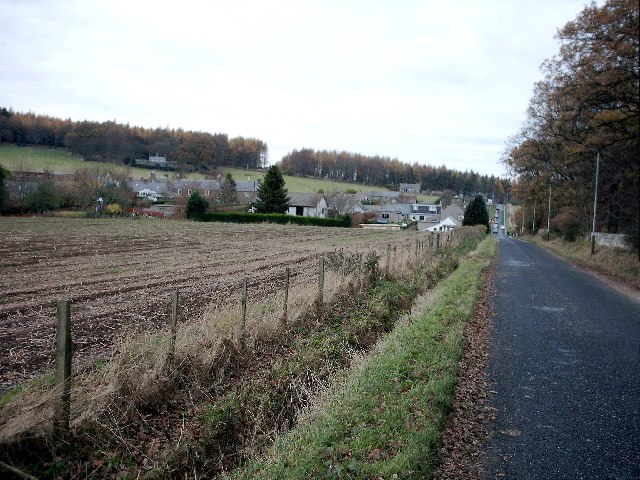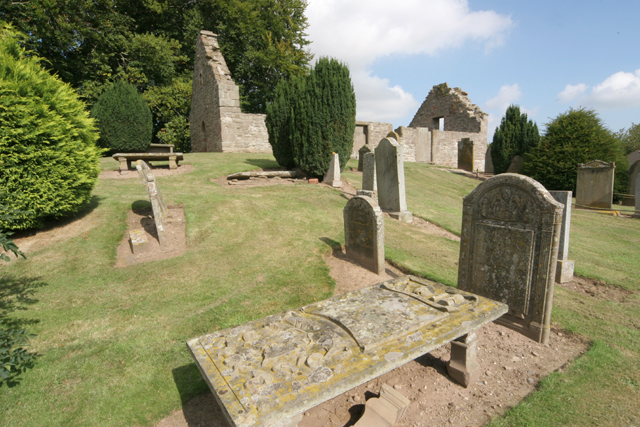|
Wester Denoon
Wester Denoon is a small settlement in Angus, Scotland. Approximately one mile to the north of Wester Denoon is the village of Eassie, where the Eassie Stone is displayed in a ruined church; this carved Pictish stone is dated prior to the Early Middle Ages. Other nearby settlements are Charleston, Angus, Charleston, Balkeerie and Kirkinch. Two fragments of small Pictish cross-slabs have also been found at Wester Denoon itself (preserved in the Meffan Institute, Forfar). One shows the stylised figure of a woman wearing a long dress or mantle fastened on the breast by a large brooch. See also *Ark Hill *Sidlaw Hills References External linksView of a track outside of Western Denoon from the United Kingdom Geograph Official Site Villages in Angus, Scotland {{Angus-geo-stub ... [...More Info...] [...Related Items...] OR: [Wikipedia] [Google] [Baidu] |
Angus, Scotland
Angus (; ) is one of the 32 Local government in Scotland, local government council areas of Scotland, and a Lieutenancy areas of Scotland, lieutenancy area. The council area borders Aberdeenshire, Dundee City (council area), Dundee City and Perth and Kinross. Main industries include agriculture and fishing. Global pharmaceuticals company GlaxoSmithKline, GSK has a significant presence in Montrose, Angus, Montrose in the east of the county. Angus was historically a Provinces of Scotland, province, and later a sheriffdom and Shires of Scotland, county (called Forfarshire or the County of Forfar until 1928), bordering Kincardineshire to the north-east, Aberdeenshire (historic), Aberdeenshire to the north and Perthshire to the west; southwards it faced Fife across the Firth of Tay. The county included Dundee until 1894, when it was made a county of city, county of a city. The pre-1894 boundaries of Angus continue to be used as a registration county. Between 1975 and 1996 Angus was a ... [...More Info...] [...Related Items...] OR: [Wikipedia] [Google] [Baidu] |
Angus (UK Parliament Constituency)
Angus may refer to: *Angus, Scotland, a council area of Scotland, and formerly a province, sheriffdom, county and district of Scotland * Angus, Canada, a community in Essa, Ontario Animals * Angus cattle, various breeds of beef cattle Media * ''Angus'' (film), a 1995 film * ''Angus Og'' (comics), in the ''Daily Record'' Places Australia * Angus, New South Wales Canada * Angus, Ontario, a community in Essa, Ontario * East Angus, Quebec Scotland * Angus (Scottish Parliament constituency) * Angus (UK Parliament constituency) United States * Angus, Iowa * Angus, Nebraska * Angus, Ohio * Angus, Texas * Angus, Wisconsin * Angus Township, Polk County, Minnesota People Historical figures * Óengus I of the Picts (died 761), king of the Picts * Óengus of Tallaght (died 824), Irish bishop, reformer and writer * Óengus II of the Picts (died 834), king of the Picts * Óengus mac Óengusa (died 930), Irish poet * Óengus of Moray (died 1130), last King of Moray * Aon ... [...More Info...] [...Related Items...] OR: [Wikipedia] [Google] [Baidu] |
Angus South (Scottish Parliament Constituency)
Angus South (Scottish Gaelic, Gaelic: ''Aonghas a Deas'') is a Scottish Parliament constituencies, constituency of the Scottish Parliament (Scottish Parliament Building, Holyrood) covering part of the Council areas of Scotland, council area of Angus, Scotland, Angus. It elects one Member of the Scottish Parliament, Member of the Scottish Parliament (MSP) by the first past the post method of election. In addition, it is one of ten constituencies in the North East Scotland (Scottish Parliament electoral region), North East Scotland Scottish Parliament constituencies and regions, electoral region, which elects seven additional member system (Scottish Parliament), additional members, in addition to the ten constituency MSPs, to produce a form of proportional representation for the region as a whole. The seat was created for the 2011 Scottish Parliament election, and covers areas that were formerly in the seats of Angus (Scottish Parliament constituency), Angus and Tayside North (Sco ... [...More Info...] [...Related Items...] OR: [Wikipedia] [Google] [Baidu] |
Eassie
Eassie is a village located along the A94 road in Angus, Scotland. The church in Eassie is dedicated to Saint Fergus, a monk who worked at nearby Glamis. Eassie is noted for the presence of the Eassie Stone, a carved Pictish stone, which resides in the ruins of Eassie Old Church. Other notable prehistorical or historical features in this region include Dunnottar Castle, Fasque House, Glamis Castle, Monboddo House, Muchalls Castle, Raedykes, Stone of Morphie and Stracathro. Famous residents * Prof James Miller (1812–1864) was born in the manse in Eassie and raised in the village. See also *List of places in Angus This List of places in Angus is a list of links for any town, village and hamlet (place), hamlet in the Angus, Scotland, Angus Council areas of Scotland, council area of Scotland. A *Aberlemno *Airlie, Angus, Airlie *Arbirlot *Arbroath *Ar ... * Ark Hill * Castleton * Drumtochty Forest References Villages in Angus, Scotland {{Angus-geo-s ... [...More Info...] [...Related Items...] OR: [Wikipedia] [Google] [Baidu] |
Eassie Stone
The Eassie Stone is a Class II Pictish stone of about the mid 8th century AD in the village of Eassie, Angus, Scotland. The stone was found in Eassie burn in the late 18th century and now resides in a purpose-built perspex building in the ruined Eassie church. Location The cross slab is housed in a purpose-built shelter with see-through walls within the roofless shell of the old Eassie parish church, on the north side A94 road some west of Glamis and east of Meigle. Description The stone is a cross-slab high and wide, tapering to at the top, and is thick. The slab is carved on both faces in relief Relief is a sculpture, sculptural method in which the sculpted pieces remain attached to a solid background of the same material. The term ''wikt:relief, relief'' is from the Latin verb , to raise (). To create a sculpture in relief is to give ... and, as it bears Pictish symbols, it falls into John Romilly Allen and Joseph Anderson's classification system as a Class ... [...More Info...] [...Related Items...] OR: [Wikipedia] [Google] [Baidu] |
Ruined
Ruins () are the remains of a civilization's architecture. The term refers to formerly intact structures that have fallen into a state of partial or total disrepair over time due to a variety of factors, such as lack of maintenance, deliberate destruction by humans, or uncontrollable destruction by natural phenomena. The most common root causes that yield ruins in their wake are natural disasters, armed conflict, and population decline, with many structures becoming progressively derelict over time due to long-term weathering and scavenging. There are famous ruins all over the world, with notable sites originating from ancient China, the Indus Valley, ancient Iran, ancient Israel and Judea, ancient Iraq, ancient Greece, ancient Egypt, ancient Yemen, Roman, ancient India sites throughout the Mediterranean Basin, and Incan and Mayan sites in the Americas. Ruins are of great importance to historians, archaeologists and anthropologists, whether they were once individual fortifi ... [...More Info...] [...Related Items...] OR: [Wikipedia] [Google] [Baidu] |
Pictish Stone
A Pictish stone is a type of monumental stele, generally carved or incised with symbols or designs. A few have ogham inscriptions. Located in Scotland, mostly north of the River Clyde, Clyde-River Forth, Forth line and on the Eastern side of the country, these stones are the most visible remaining evidence of the Picts and are thought to date from the 6th to 9th century, a period during which the Picts became Christianized. The earlier stones have no parallels from the rest of the British Isles, but the later forms are variations within a wider Insular art, Insular tradition of monumental stones such as high crosses. About 350 objects classified as Pictish stones have survived, the earlier examples of which holding by far the greatest number of surviving examples of the mysterious symbols, which have long intrigued scholars. [...More Info...] [...Related Items...] OR: [Wikipedia] [Google] [Baidu] |
Early Middle Ages
The Early Middle Ages (or early medieval period), sometimes controversially referred to as the Dark Ages (historiography), Dark Ages, is typically regarded by historians as lasting from the late 5th to the 10th century. They marked the start of the Middle Ages of History of Europe, European history, following the decline of the Roman Empire, decline of the Western Roman Empire, and preceding the High Middle Ages ( 11th to 14th centuries). The alternative term ''Late antiquity#Terminology, late antiquity'', for the early part of the period, emphasizes elements of continuity with the Roman Empire, while ''Early Middle Ages'' is used to emphasize developments characteristic of the earlier medieval period. The period saw a continuation of trends evident since late classical antiquity, including population decline, especially in urban centres, a decline of trade, Medieval Warm Period, a small rise in average temperatures in the North Atlantic region and Migration Period, increased m ... [...More Info...] [...Related Items...] OR: [Wikipedia] [Google] [Baidu] |
Charleston, Angus
Charleston is a village in Angus, Scotland, near Glamis. The village of Charleston came into being in the 1830s. In 1833, the proprietor of the lands of Rochelhill granted a long tack of land to Alexander Bruce, a hand loom weaver in Glamis, and this land was subsequently, in 1838, feued at a rate of £8 per acre. At least 50 houses were then built, and the village was named Charleston after the proprietor of Rochelhill, Charles Henderson. At that time, there were four main proprietors in the parish of Glamis. The Earl of Strathmore owned the greater part of the land, covering the northern and central areas, while the property belonging to Lord Douglas occupied the Glen of Ogilvie. The estate of Rochelhill lay at the foot of Glen Ogilvie, between the Strathmore and Douglas estates. The Brigtown estate, owned by William Douglas, lay at the eastern side of the central division.Statistical Accounts of Scotland, Glammiss, County of Forfar, NSA, Vol. XI, 1845; p. 346. In the ... [...More Info...] [...Related Items...] OR: [Wikipedia] [Google] [Baidu] |
Balkeerie
Balkeerie is a village in Angus, Scotland north of Dundee. It has an elevation of above sea level. It is to the north east of kirkinch and to the west of the village of Eassie. Eassie is noted for the presence of the Eassie Stone, a carved Pictish stone A Pictish stone is a type of monumental stele, generally carved or incised with symbols or designs. A few have ogham inscriptions. Located in Scotland, mostly north of the River Clyde, Clyde-River Forth, Forth line and on the Eastern side of the .... See also * Wester Denoon References Villages in Angus, Scotland {{Angus-geo-stub ... [...More Info...] [...Related Items...] OR: [Wikipedia] [Google] [Baidu] |
Kirkinch
Kirkinch, meaning 'kirk (church) on the island' in Scots language, Scots and Gaelic languages, Gaelic, is a small village in Angus, Scotland.United Kingdom Ordnance Survey Map, Landranger (2005) The 'island' is the knoll on which stand the remains of the late 16th century Nevay Church and its medieval burial ground. Nevay parish is now united with Eassie parish. Originally it was an 'island' of slightly higher land surrounded by boggy country. The village houses are adjacent to the knoll, which is encompassed by the wall of the old churchyard. Some of the earliest history of the local area is represented approximately two kilometres northwest at the village of Eassie, where the Eassie Stone is displayed in a modern transparent shelter in the ruined former parish church; this finely carved Pictish cross-slab probably dates to the first half of the 8th century (Historic Scotland; accessible at all times). The church site at Kirkinch is itself probably of early Christian origin. A si ... [...More Info...] [...Related Items...] OR: [Wikipedia] [Google] [Baidu] |
Meffan Institute
The Meffan Institute is a museum and art gallery in Forfar, Angus. Opened in 1898, it houses a variety of exhibits of local interest in Angus, including a collection of Pictish stones, particularly the Dunnichen Stone and the Kirriemuir Sculptured Stones as well as Roman and Medieval In the history of Europe, the Middle Ages or medieval period lasted approximately from the 5th to the late 15th centuries, similarly to the post-classical period of World history (field), global history. It began with the fall of the West ... artefacts found in the local area. A reconstruction of historic scenes of Forfar includes representations of daily life as it would have been around the beginning of the 19th century, as well as a depiction of the execution of one of the women accused of witchcraft in the Forfar witch hunts of 1661-1666. Gallery External linksMeffan Museum and Art Galleryon Angus Alive websiteThe Meffan Gallery on Facebook [...More Info...] [...Related Items...] OR: [Wikipedia] [Google] [Baidu] |










